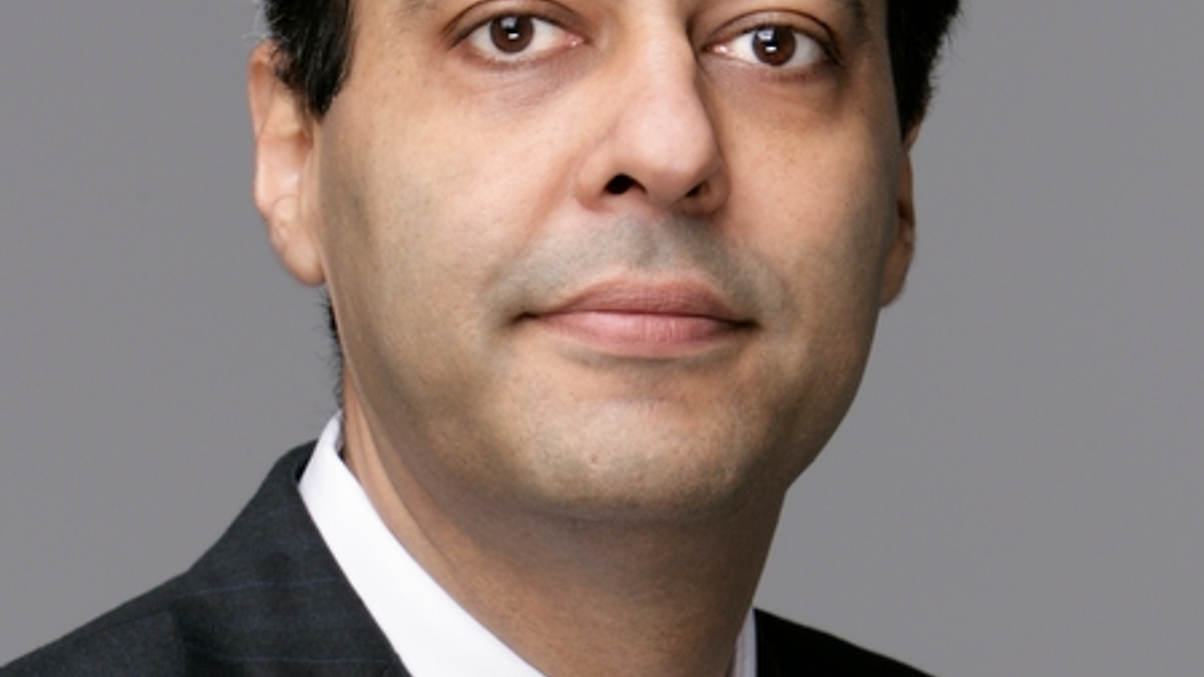Europe and US woes tipped to spark strong EM inflows
Compared to debt problems facing Europe and the US, emerging-markets inflation is a cyclical issue that is relatively easily resolved, reflects Sandeep Malhotra of Clariden Leu.

Emerging markets are being tipped to see strong inflows in the second half of this year, with investors likely to view them as the lesser of three evils.
Sign in to read on!
Registered users get 2 free articles in 30 days.
Subscribers have full unlimited access to AsianInvestor
Not signed up? New users get 2 free articles per month, plus a 7-day unlimited free trial.
¬ Haymarket Media Limited. All rights reserved.


